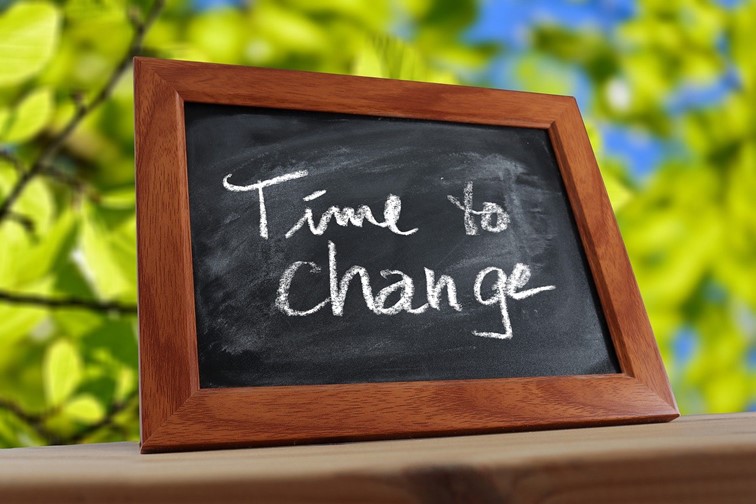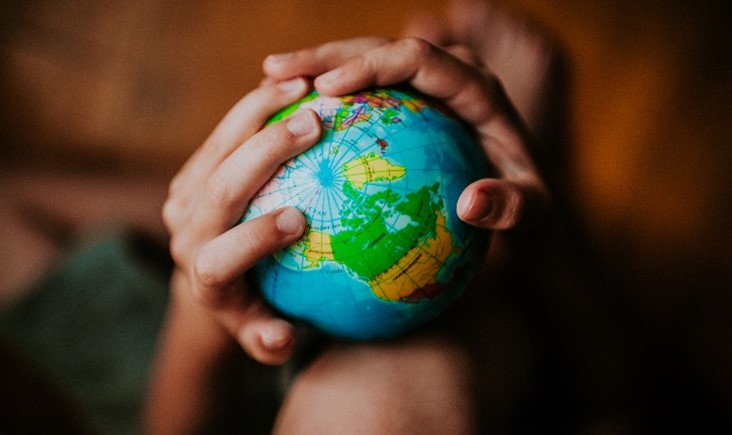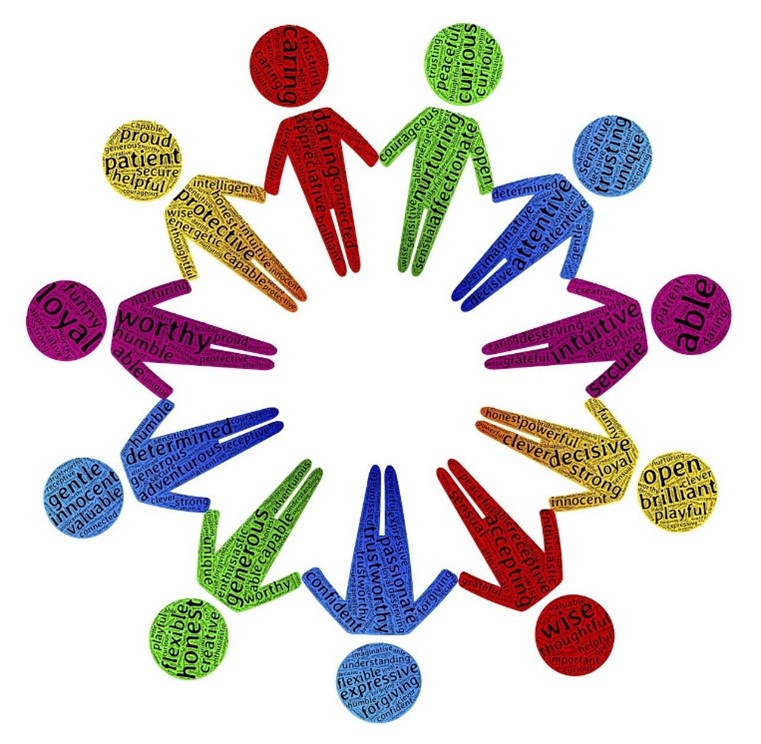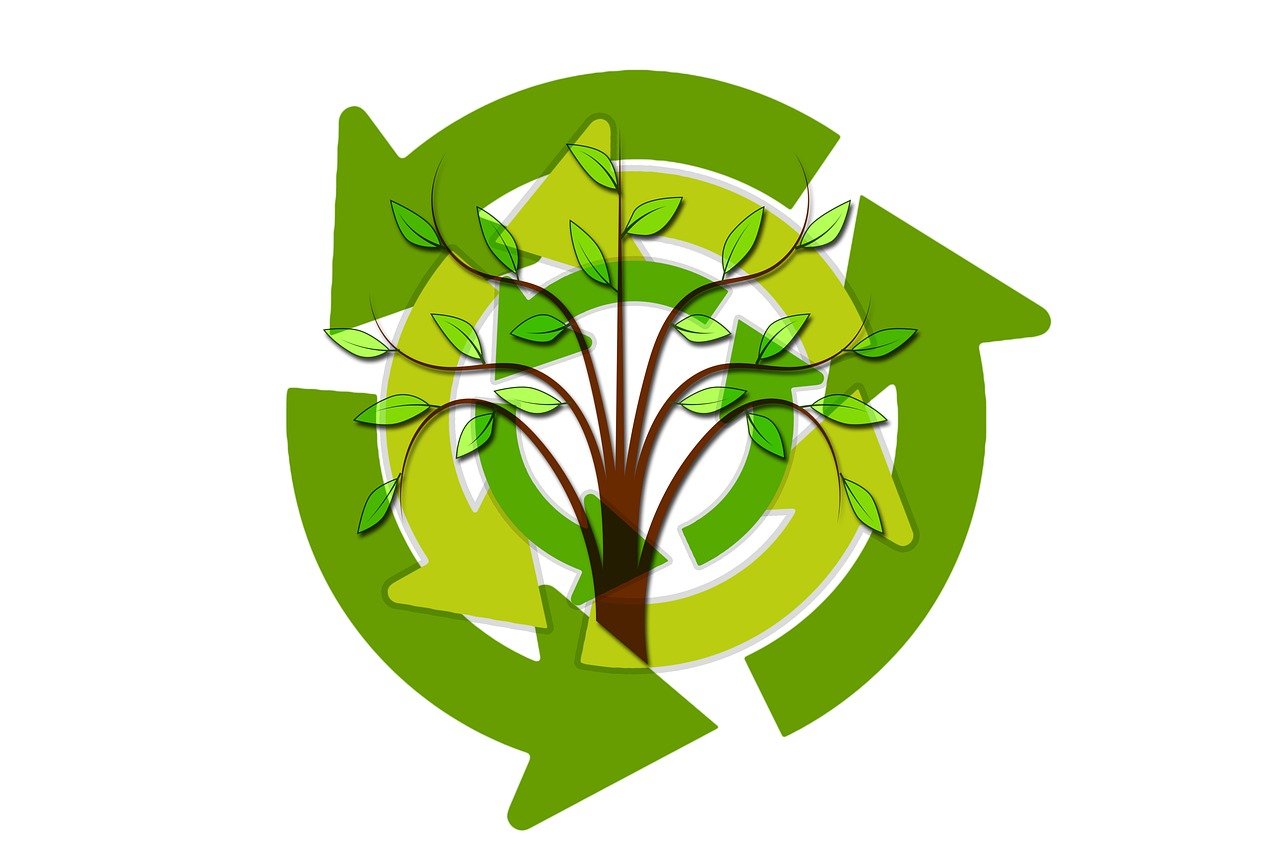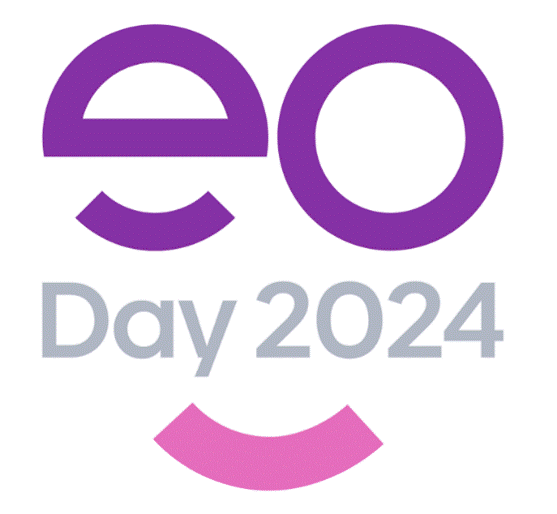Why Consumer-Based Sustainability Metrics Matter More Than Ever
August 2024, by MM-Eye
No matter what business you’re in or how far along you are in your sustainability journey, focusing solely on science-based metrics isn’t enough. To truly connect with the new generation of values-driven consumers, you need to understand how your sustainability efforts are perceived by the people who matter most—your customers. This is where consumer-based metrics come into play.
The Importance of Consumer-Based Metrics
Science-based metrics are fundamental for ensuring that your sustainability initiatives are grounded in environmental reality, but they only tell part of the story. Consumers today are more informed and discerning than ever. They expect brands to make sustainability promises and deliver on them in a transparent and authentic way. This expectation creates an essential need for consumer-based metrics, which measure how well your sustainability actions align with consumer perceptions and values.
At MM-Eye, we’ve developed the Say Do Sustainability Study (SDSS) Index to do just that. Our SDSS Index is all about understanding brands from the consumer’s perspective. It surpasses traditional measures to evaluate how consumers perceive your brand’s sustainability efforts, how much they trust those efforts, and whether they believe your brand is genuinely committed to making a positive impact.
The SDSS Index includes two key components: the Say Do Gap Index and the Positive Action Index. The Say Do Gap Index measures the alignment between what brands say about their sustainability efforts and what they actually do. The Positive Action Index evaluates how proactive a brand is in addressing environmental and social issues based on consumer perceptions. Together, these indexes provide a comprehensive picture of how well a brand’s sustainability actions resonate with its audience.
The Dangers of Green Hushing: The Other Side of the Same Coin
While consumer-based metrics are essential for measuring how well your sustainability efforts align with customer expectations, they also highlight under-communication risks—known as green hushing. Green hushing occurs when brands, out of fear of backlash or scrutiny, choose to underplay or even hide their sustainability efforts. Though this may seem like a way to avoid criticism, it can be a major pitfall, especially in the eyes of consumers.
Consumers today aren’t just looking for brands that say they’re sustainable; they’re looking for transparency and authenticity. They want to see that a brand’s actions match its words, and they’re increasingly using this as a criterion for their purchasing decisions. Under-communicating your sustainability initiatives means you miss out on building trust and loyalty with your consumers. Worse, you risk being perceived as indifferent or untrustworthy, particularly if competitors are more open and proactive.
Green hushing and consumer-based metrics are two sides of the same coin. Both revolve around the issue of transparency and communication. Where consumer-based metrics can show how well you’re meeting consumer expectations, green-hushing creates the risks of failing to communicate your sustainability efforts effectively.
What This Means for Our Clients
Understanding and leveraging consumer-based sustainability metrics will help our clients stay competitive. The MM-Eye SDSS Index can give you deep insights into how your brand’s sustainability efforts are perceived by your target audience. This knowledge empowers you to align your strategies with consumer expectations, ensuring that your sustainability message is both clear and compelling.
Our SDSS Index helps you identify where you’re excelling and where there’s room for improvement. It provides actionable insights that allow you to fine-tune your sustainability initiatives and communication strategies to build stronger connections with your audience, enhance brand loyalty, and ultimately drive business success.
Introducing the Next Wave of SDSS
As we move into Q3/4, MM-Eye is planning the next wave of our Say Do Sustainability Study. This upcoming phase will refine and expand our consumer-based metrics, providing even deeper insights into how well brands are meeting the sustainability challenge from the consumer’s point of view.
We invite you to join us for a discussion on consumer-based metrics. Participating in the next wave of SDSS will help you better understand your brand’s position in the marketplace and discover new opportunities to improve your sustainability performance.
It’s not enough to rely solely on science-based metrics anymore you also need to understand how your efforts are perceived by consumers and communicate them effectively to avoid the pitfalls of green hushing.
The MM-Eye SDSS Index offers a powerful tool for aligning your sustainability strategy with consumer expectations, helping you build a responsible and trusted brand.
If you’re interested in learning more about our Say Do Sustainability Study and how it can benefit your business, contact us today at info@mm-eye.com or use the form below to book a consultation.
